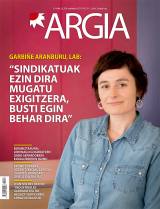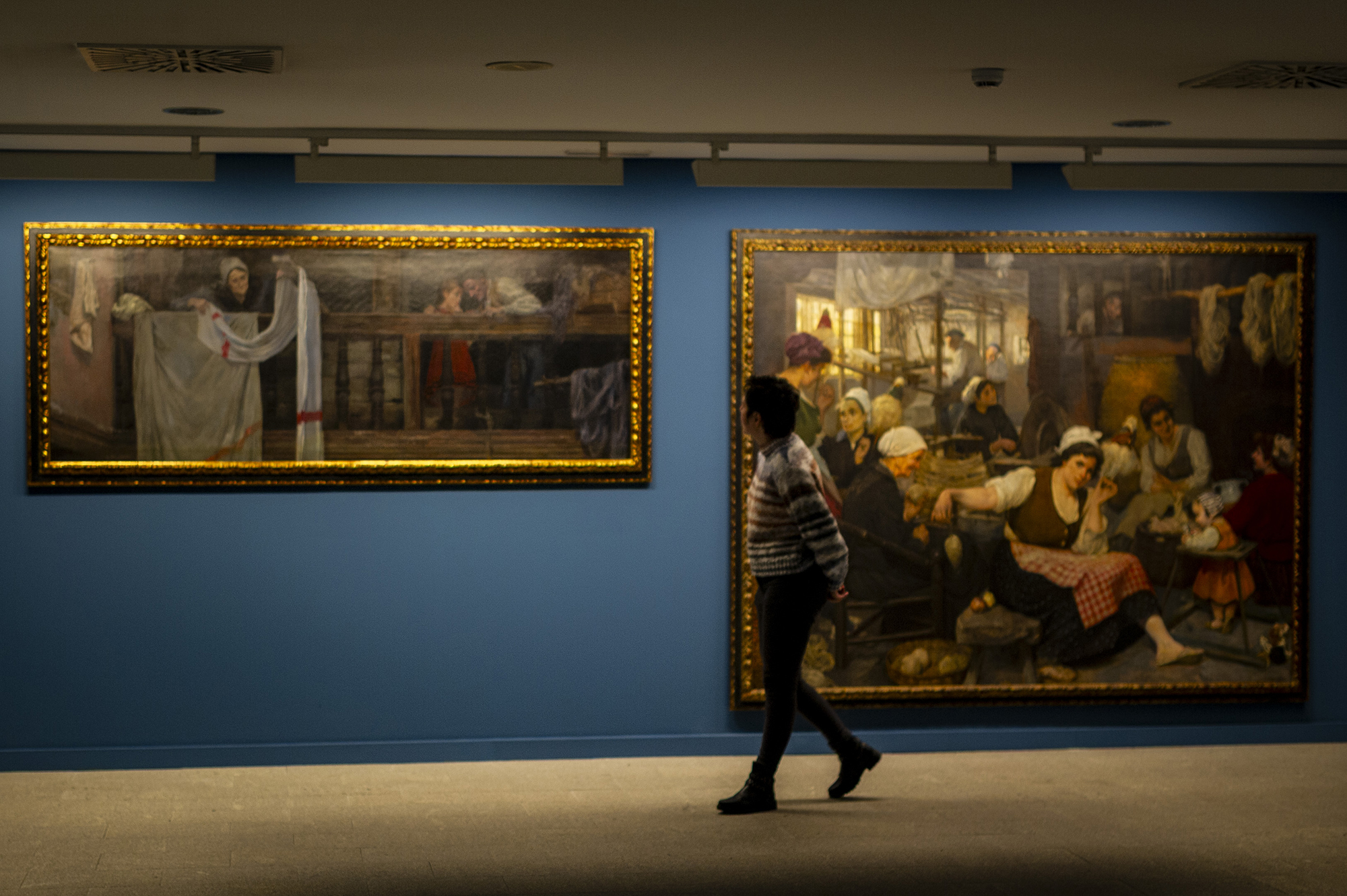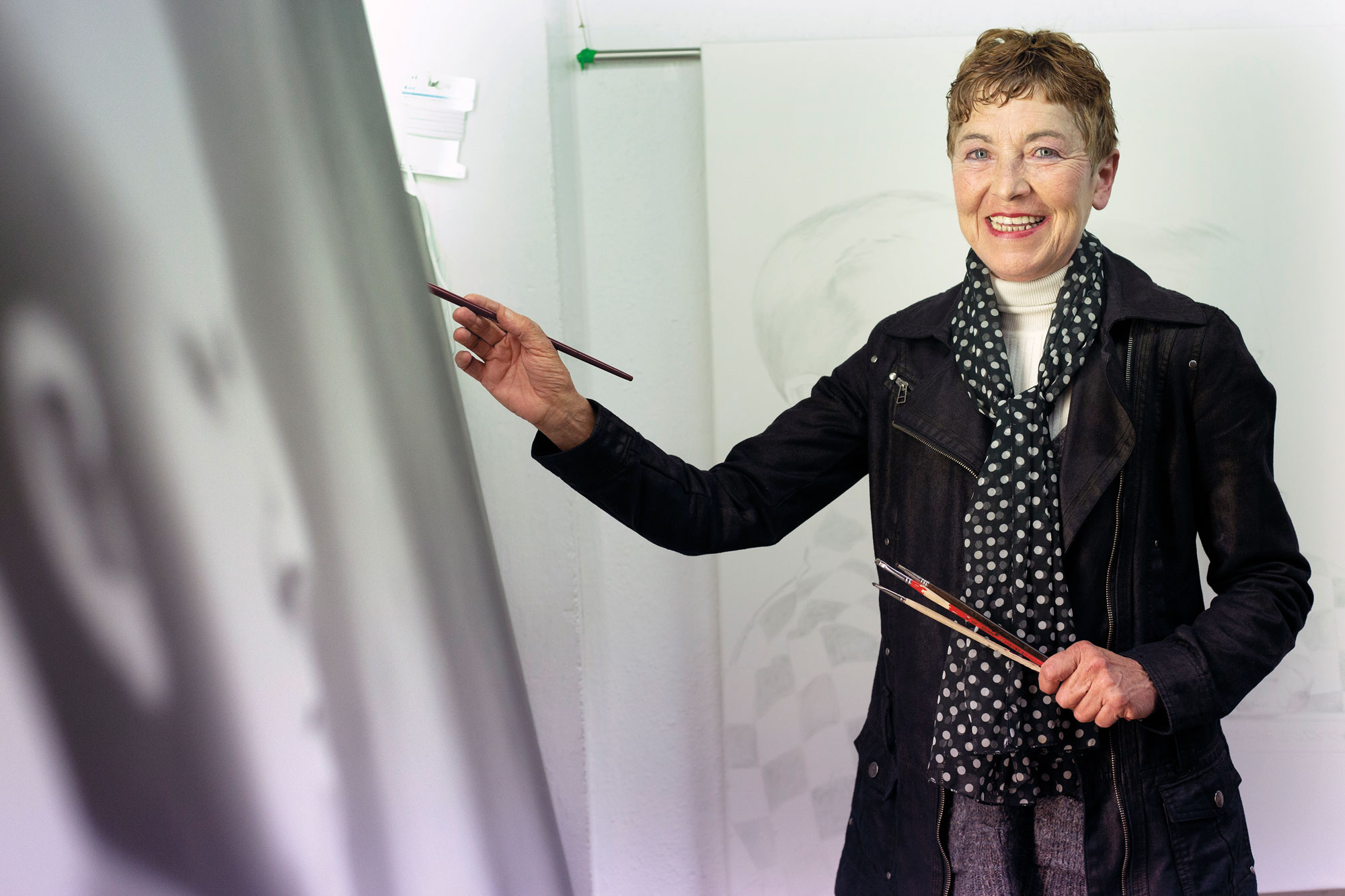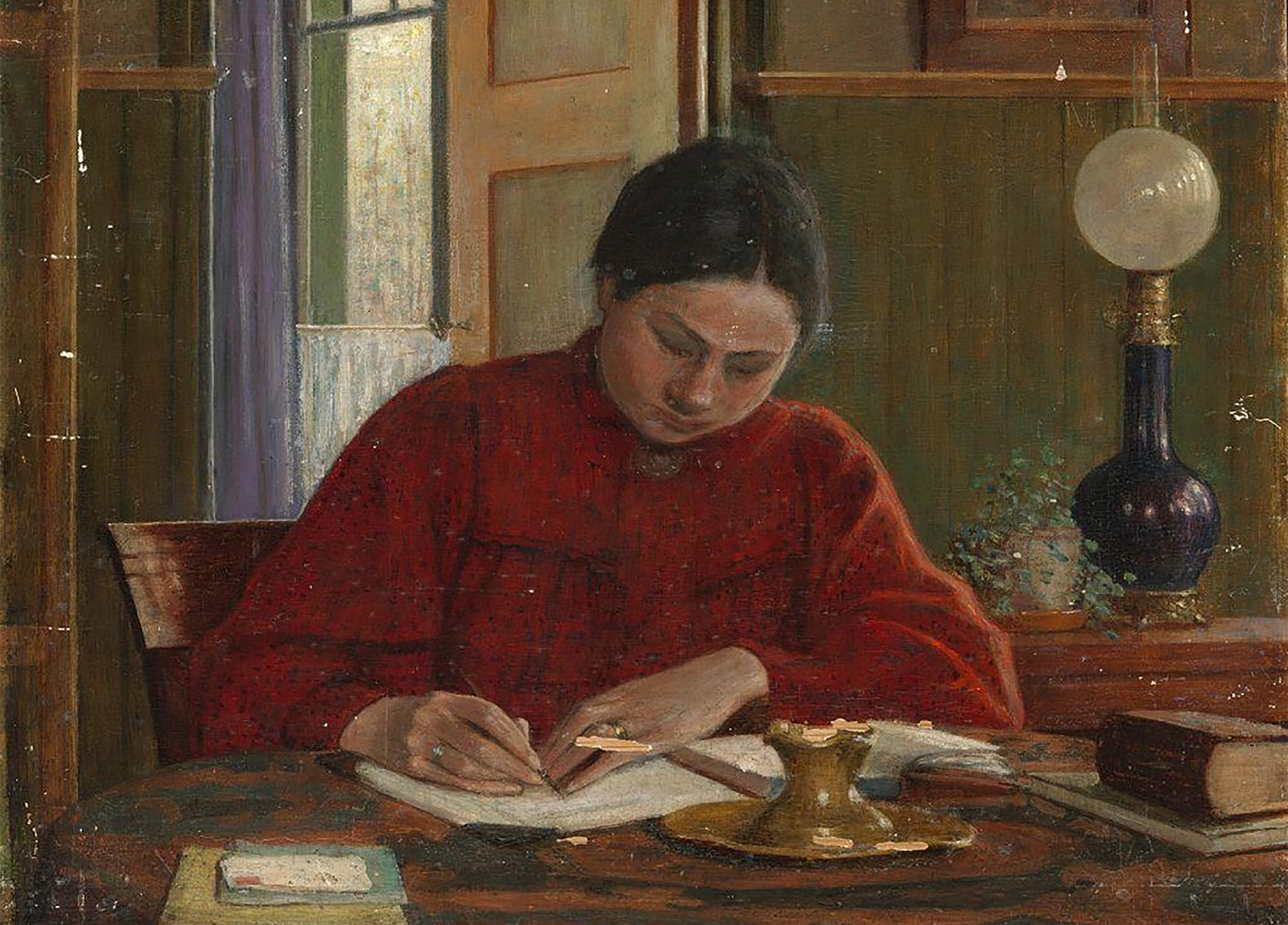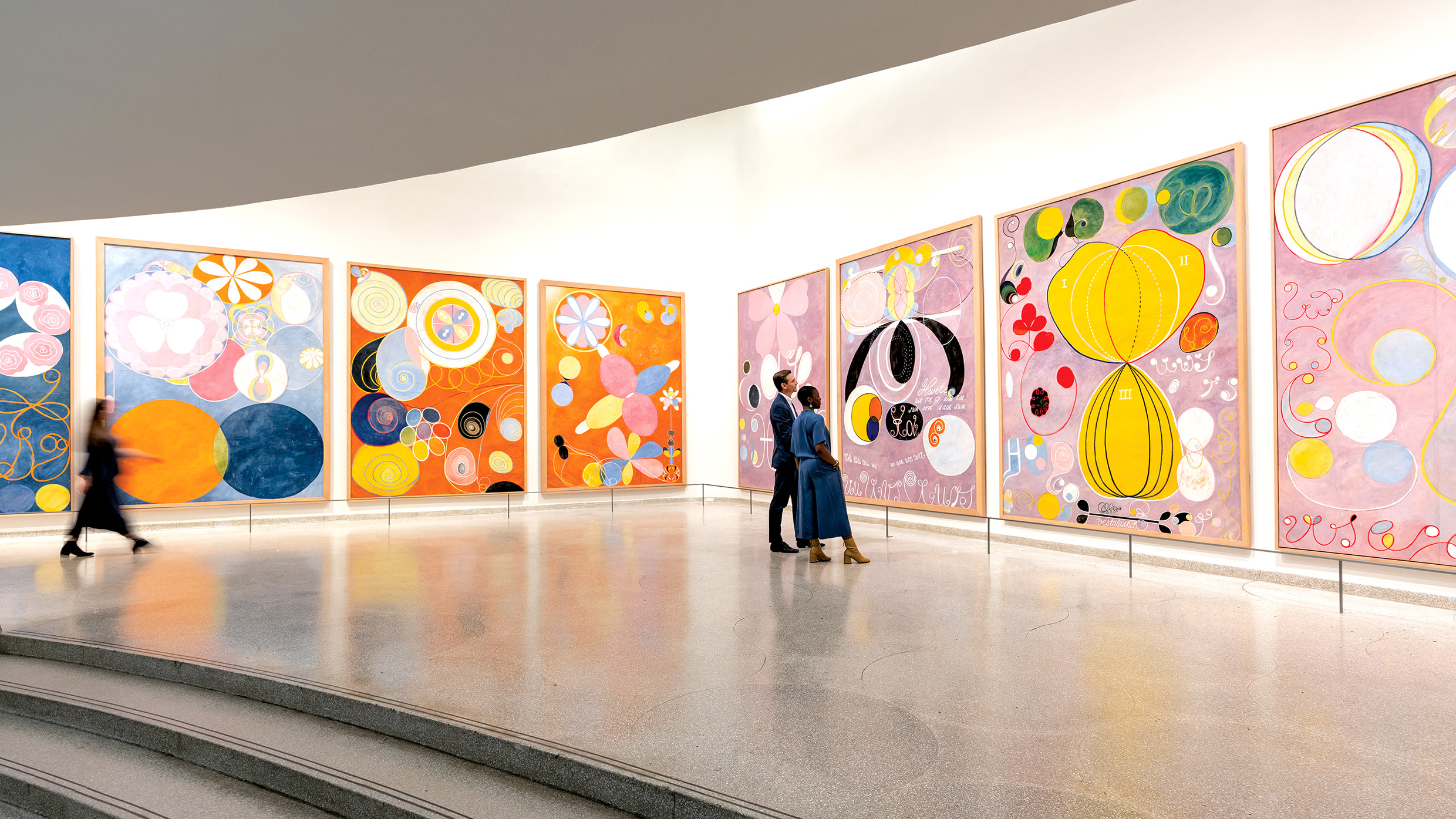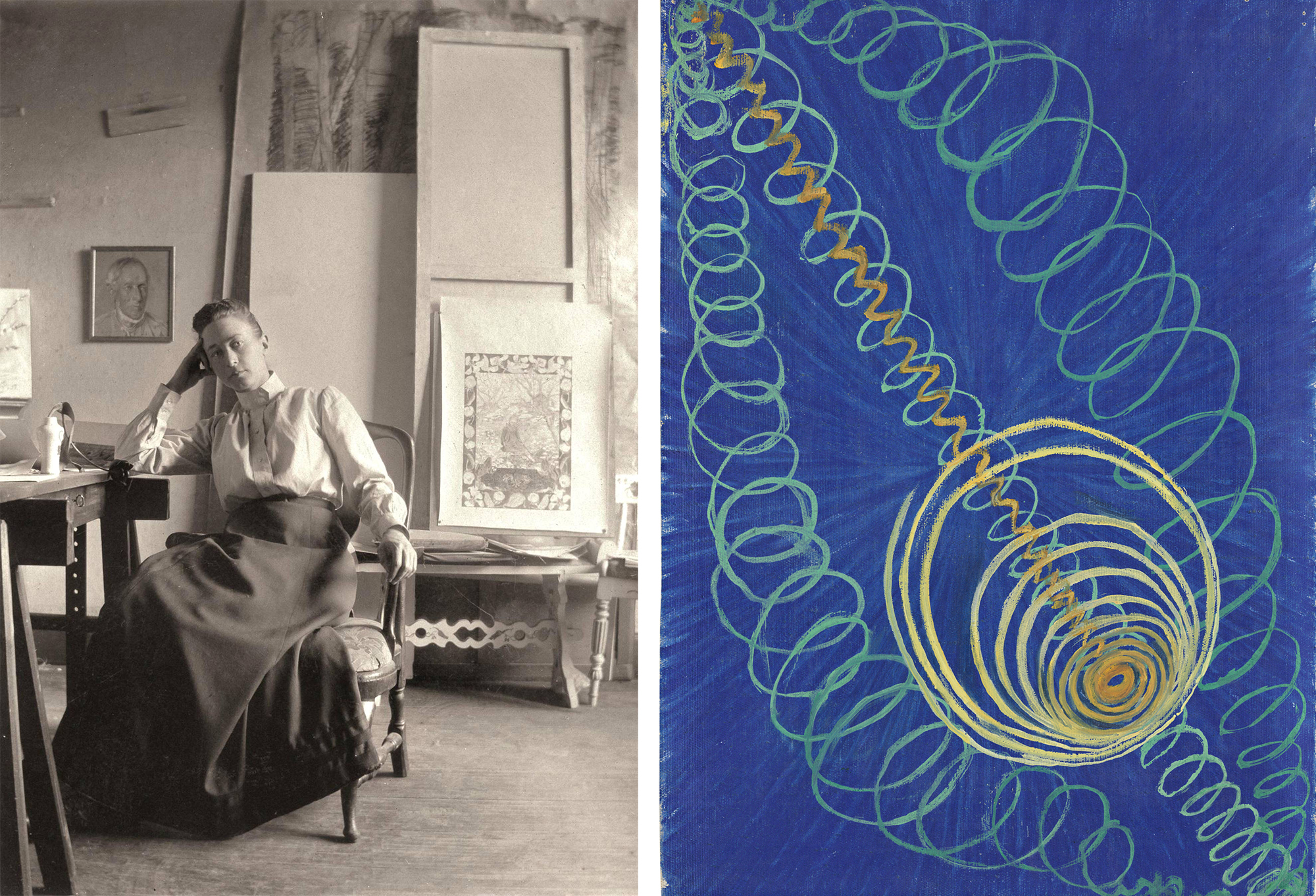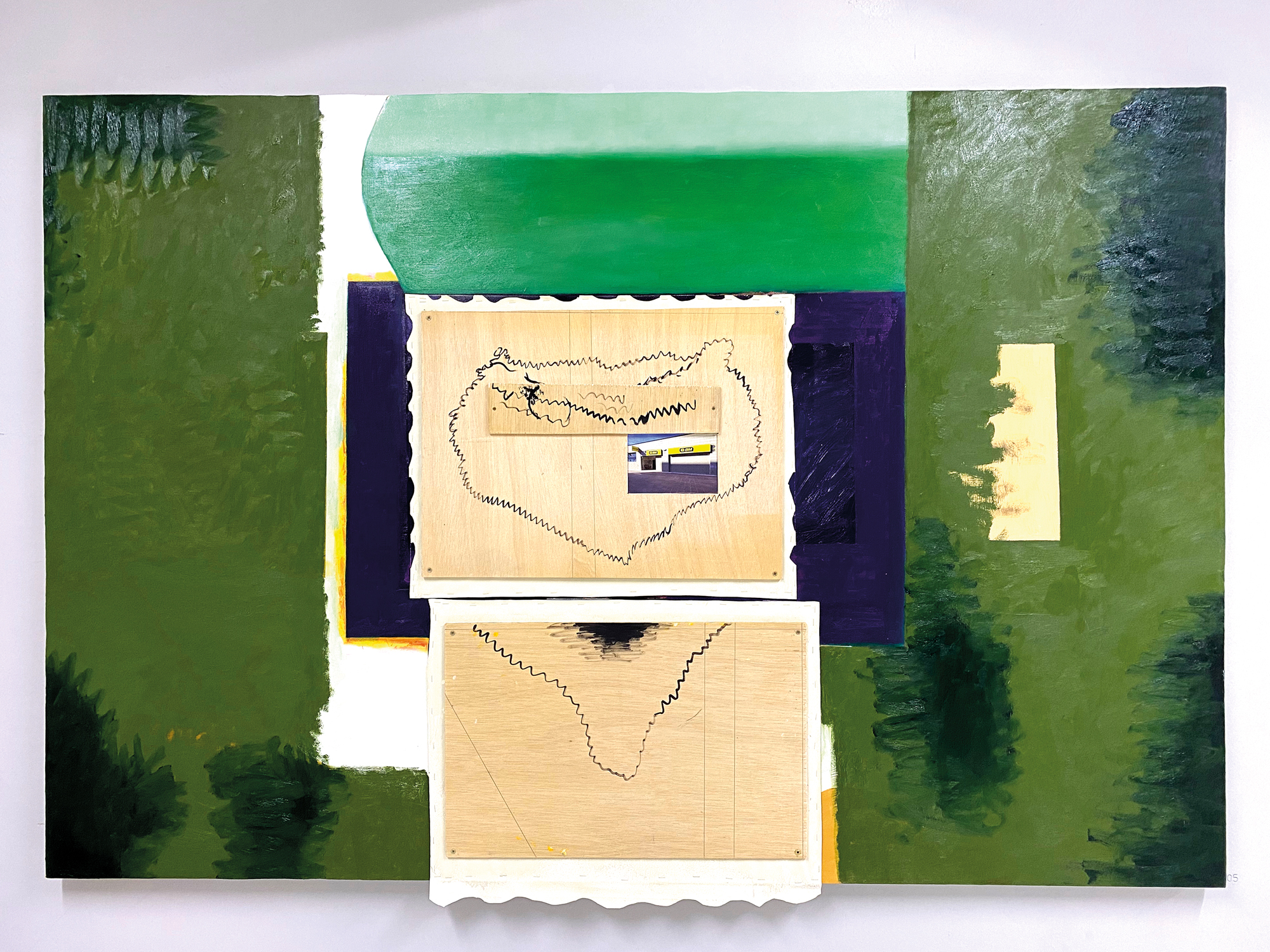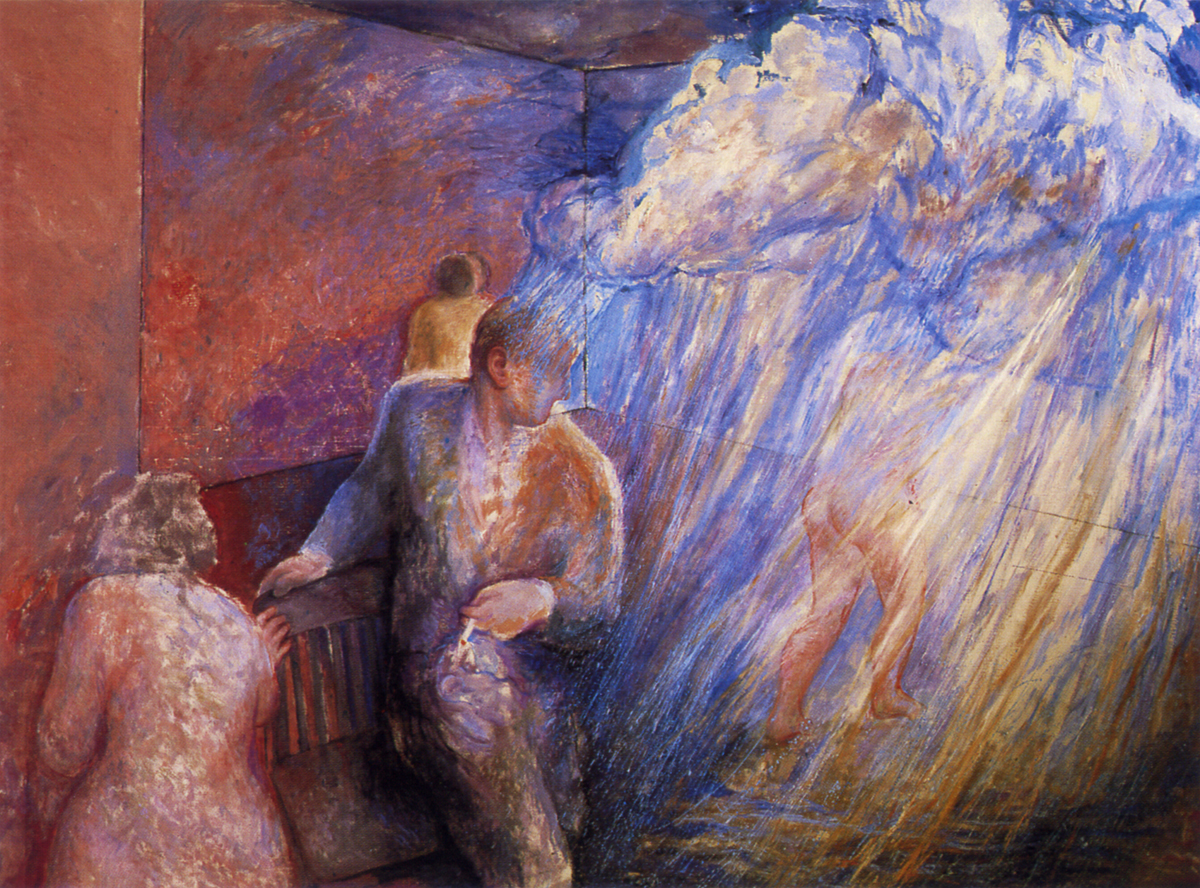
María Purificación Herrero Martínez de Nanclares (Bilbao, 10 December 1942) is one of these artists abandoned by the history of the art of the Basque Country, under the name of Mari Puri Herrero. This year will be 75 years old. It appears in the books, its work is in museums, it is not unknown, but we have forgotten it a long time ago, it has not been given the place it deserves, neither large exhibitions, nor research.
José Julián Bakedano was in charge of cataloguing the graphic work until then published by the Vizcaine Savings Fund in 1982: it has undoubtedly been a good engraver that has filtered through his sieve the influences received, those of a Goya, those of a Ensor, those of the expressionists, and has brought to his world, and his world is ours.
In black and white prints almost always, darker, stiffer, more direct perhaps, in the painting, with a lighter brush, until the living colors burst, in a generally balanced composition, but with some disturbing element, and yet, it is the same world that finally appears in the works of Mari Puri Herrero: solitary people in the group, silence prior to the storm, with something that is not known at all. Awe, mystery, irony, sometimes sadness.
We would say that it makes a figuration, if we didn't know that we don't say anything about it. She said: “All paintings are abstract.”
From Donostia, Madrid, Amsterdam, Paris, Mari Puri Herrero has a beautiful and amazing work. People may know him because in 1978 he created Marijaia. Others are not for that either.
Bussum (Netherlands), 15 November 1891. Johanna Bonger (1862-1925) wrote in his journal: “For a year and a half I was the happiest woman on earth. It was a long and wonderful dream, the most beautiful one I could dream of. And then came this terrible suffering.” She wrote... [+]









